PROFESSIONAL VIEWPOINT: Journal Club
KANEKO Y, KOBAYASHI J, IKUYA I, ET AL. 2009. CARDIAC SURGERY IN PATIENTS WITH TRISOMY 18. PEDIATR CARDIOL 30:729-734.
This work, accomplished by a group at the Japanese Red Cross Medical Center in Tokyo, Japan led by the first author (a cardiovascular surgeon), summarizes the outcomes of cardiac surgery in 17 infants with trisomy 18. The surgeries occurred between 2003 and 2008, and results showed that 14 of the 17 babies ( 82%) survived the operation and went home. (Four of the 17 children went on later to have a definitive intracardiac repair, and all 4 survived, indicating that the actual number of surgeries was 21 with 18 living or 86% survival.) The median age of surgery was 66 days (about 2 months) with a range of 7-258 days. Fourteen of the 17 babies had pulmonary artery band placement ( palliative surgery) for a ventricular septal defect (VSD) with the 3 remaining infants having an intracardiac repair as the initial operation (with 2 of these 3 being discharged and going home). Eight of the 17 infants survived the first year of life, and 6 of the children are still alive at the time of the paper’s writing in 2008.
The paper followed up on the work published by Dr Kaneko and his team in 2008 in the American Journal of Medical Genetics (146A:1369-1371). In that first article the authors report on the cardiac surgery on 7 infants with trisomy 18 ( and 2 with trisomy 13). From a comparison of the detailed tables in both articles, I can see that there is some overlap of cases with 3 of the patients in the 2008 paper also being re-reported in their larger series in 2009. Thus in summary to my knowledge then, 21 infants in Japan at the Tokyo Center have had 25 heart surgeries most for a VSD.
The only other published study (as opposed to single case reports of which there are at least 3) of cardiac surgery in persons with trisomy 18 was that of Graham et al. ( 2004) in the American Journal of Cardiology. That collaborative multicenter group reported on surgical outcomes in 35 children with both trisomy 18 and 13: 32 of 35 (91%) of the infants survived surgery and went home; notably 25 of the 35 had compete repair, mostly of a VSD.
In addition to these 3 published articles in scientific medical journals, the SOFT Registry has collected cases throughout North America of children with trisomy 18 or 13 who have had cardiac surgery since 1990. A medical student working with Ann Barnes and I, Christopher Hansen, summarized the outcome of the cardiac surgery in children taken from the SOFT Registry; Chris (now Dr Hansen) presented this work to a pediatric research meeting in California 2000: at that time a total of 28 children were identified with full trisomy 18 or 13 who had undergone 31 different heart surgeries. The most common surgical procedures performed were closure of a VSD, ligation of patent ductus arteriosis, closure of an atrial septal defect, and placement of a pulmonary band. The average age of the child at the time of surgery was 8.8 months. The outcome was known for 29 of the surgeries, with 25 surviving to hospital discharge and 4 surgical mortalities. The surgical mortality rate in this series was thus 13.8% with over 86% of the infants being discharged-a figure very similar to the recent Japanese series, highlighted above. A brief summary of this work is published in the chapter in the book by Cassidy & Allanson, The Management of Genetic Syndromes ( 3rd edition, 2010) authored by me. The paper on this study was submitted to but rejected by a prominent pediatrics journal a few years ago. Ann and I are planning to update the results from the SOFT Registry and resubmit the information with a larger number of cases in the next year.
To summarize: the above reviewed studies, a few case reports, and the SOFT Registry data (generously compiled for 2 decades by Ann Barnes) comprise the total existing published knowledge on cardiac surgery in trisomy 18 and 13. This is not meant to exclude the many insightful stories that I have heard over the last 20 years from the parents of children who have undergone heart surgery; their accounts have added tremendously to our knowledge and understanding. But the articles above are all that is retrievable from the scientific medical literature on this topic.
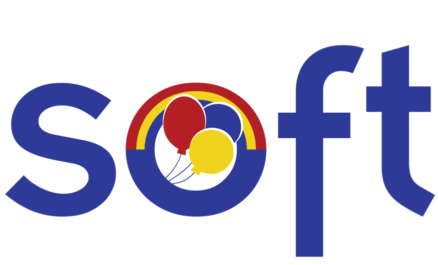
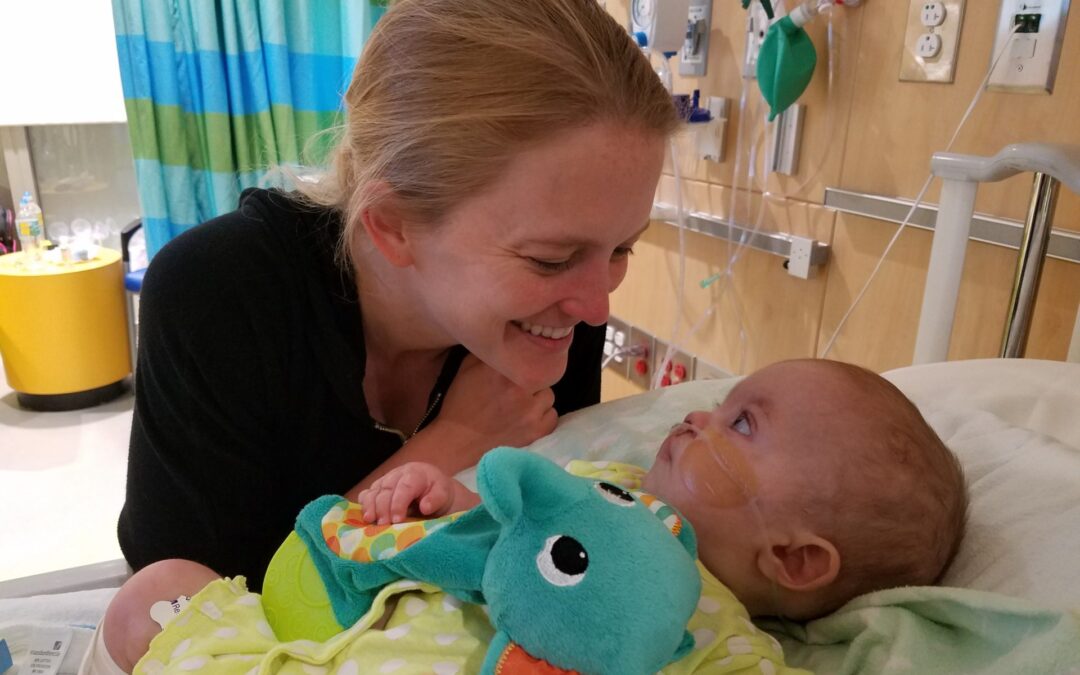
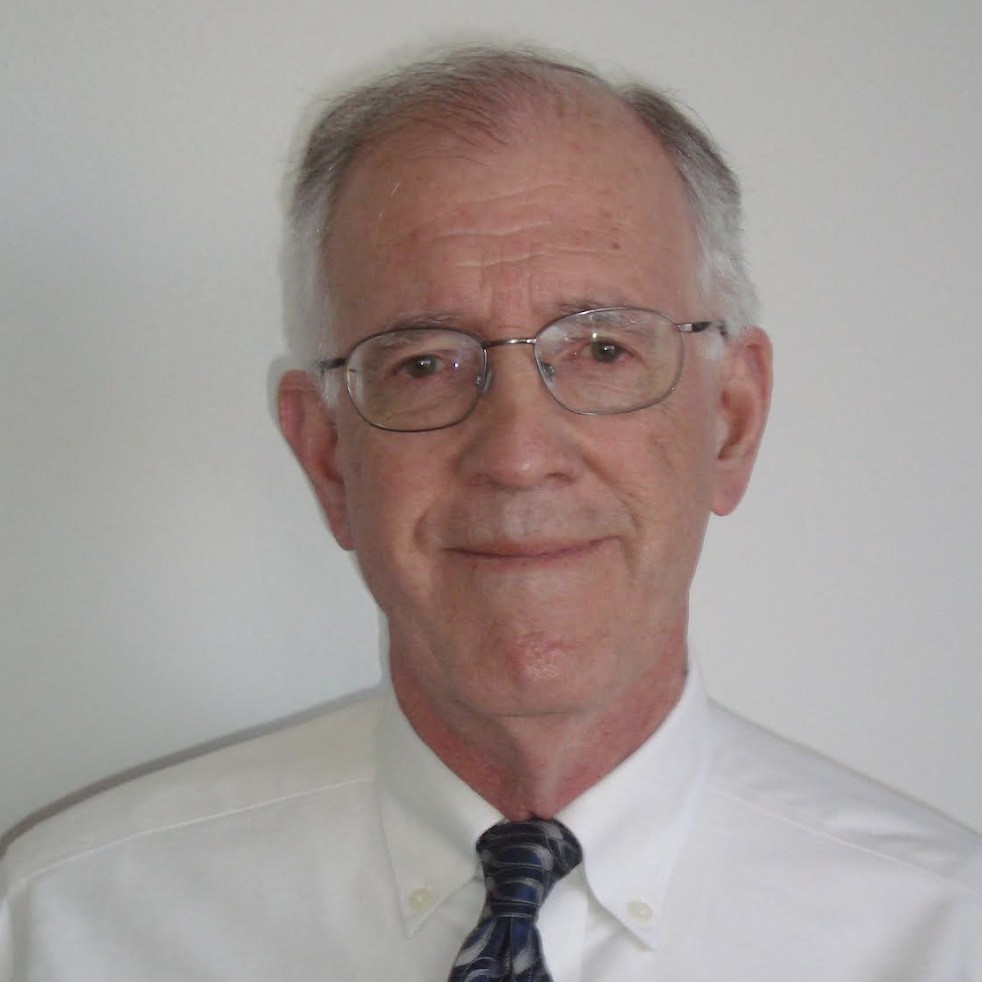
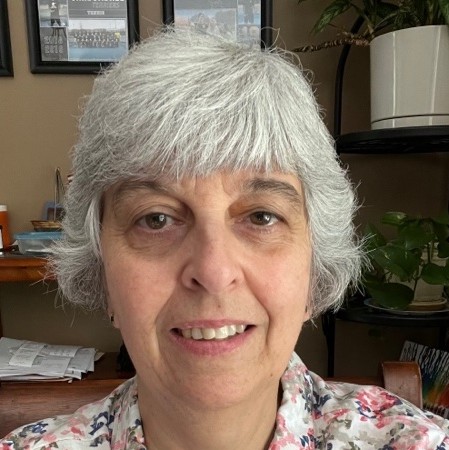
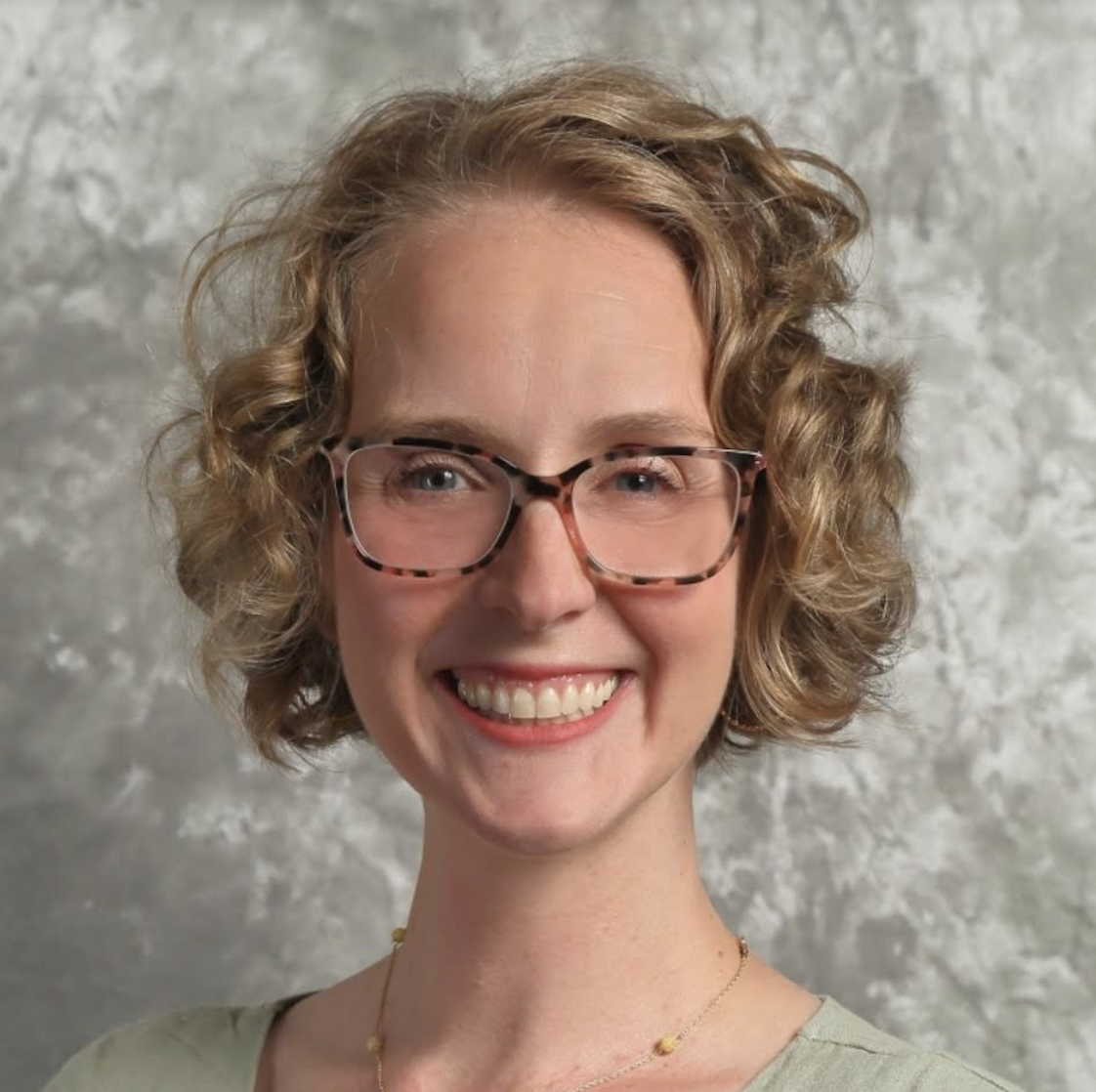
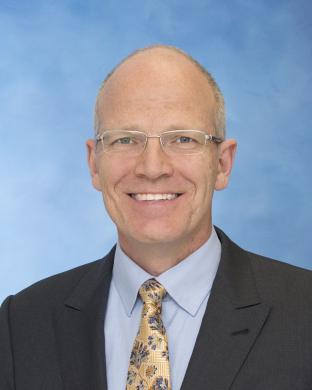
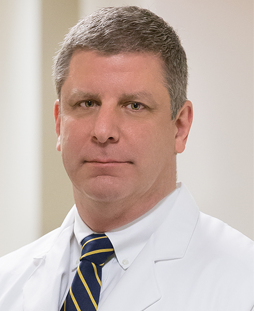
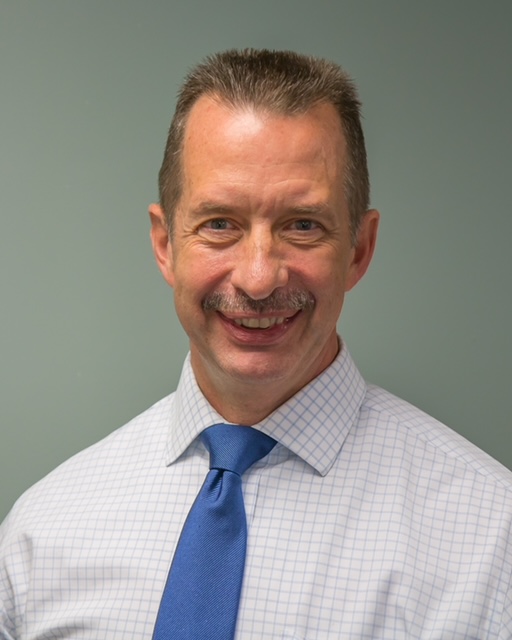
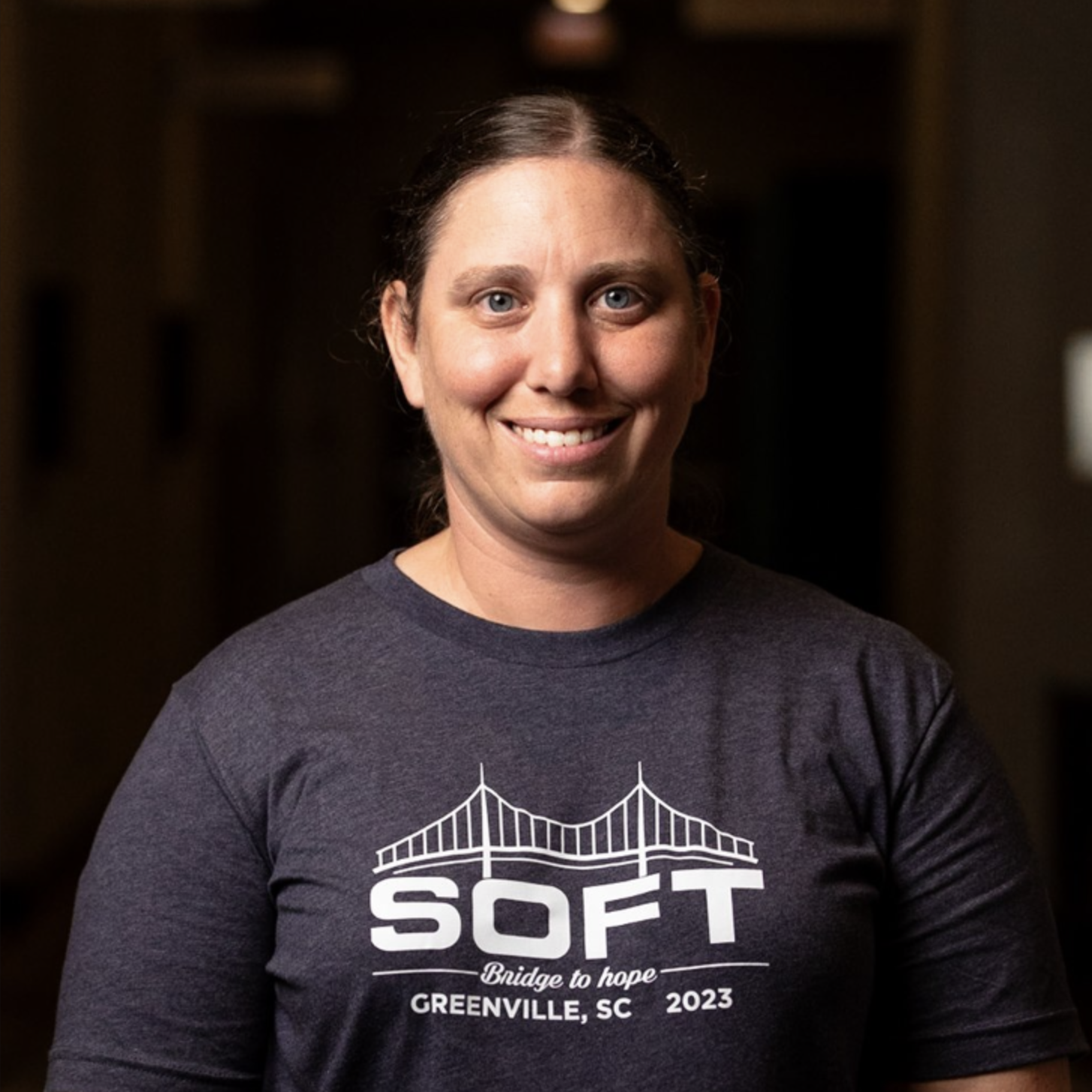

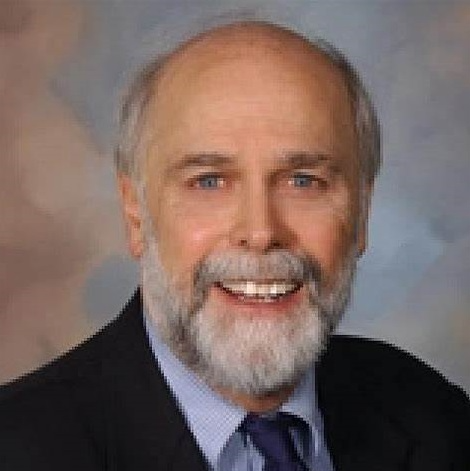

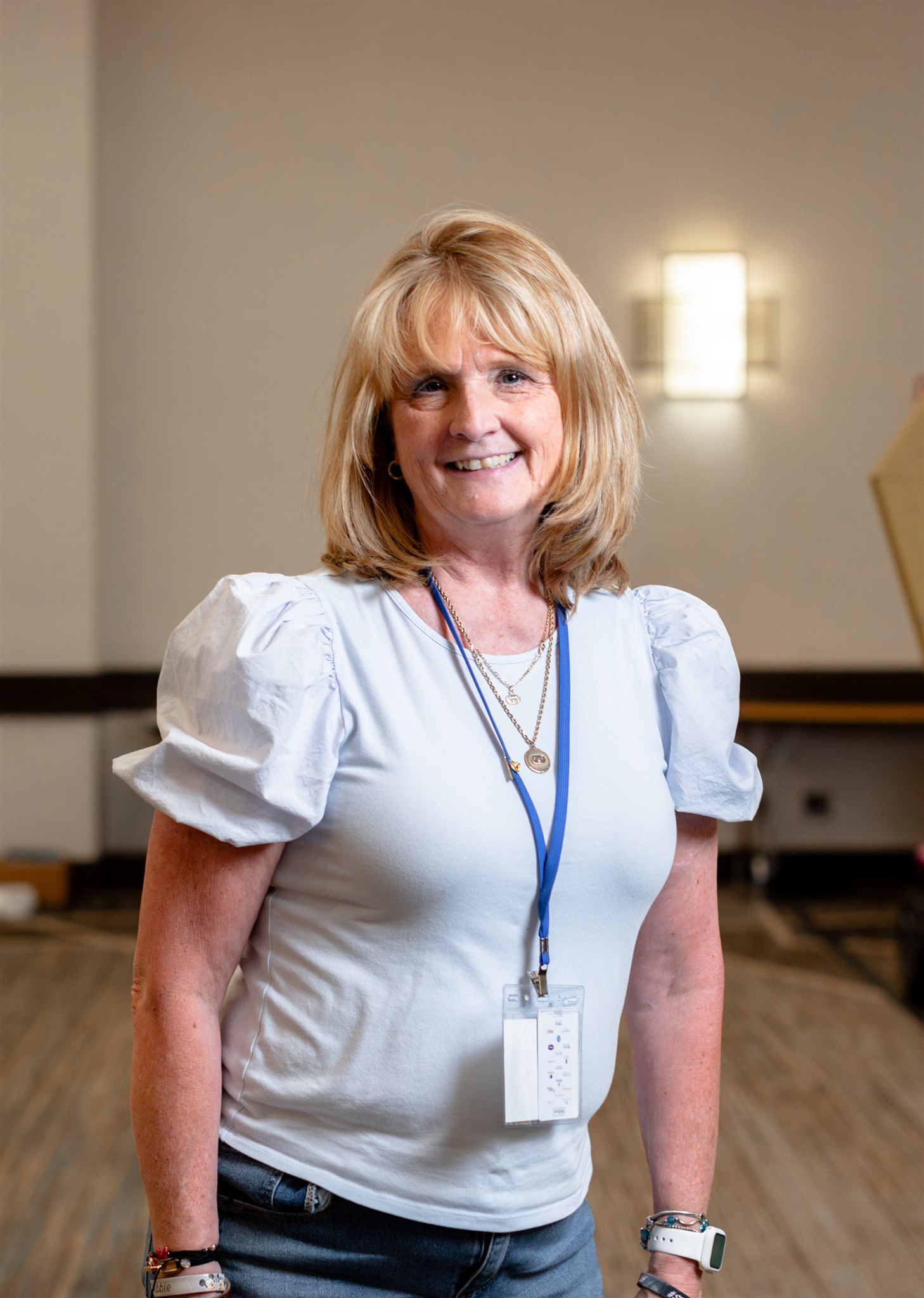
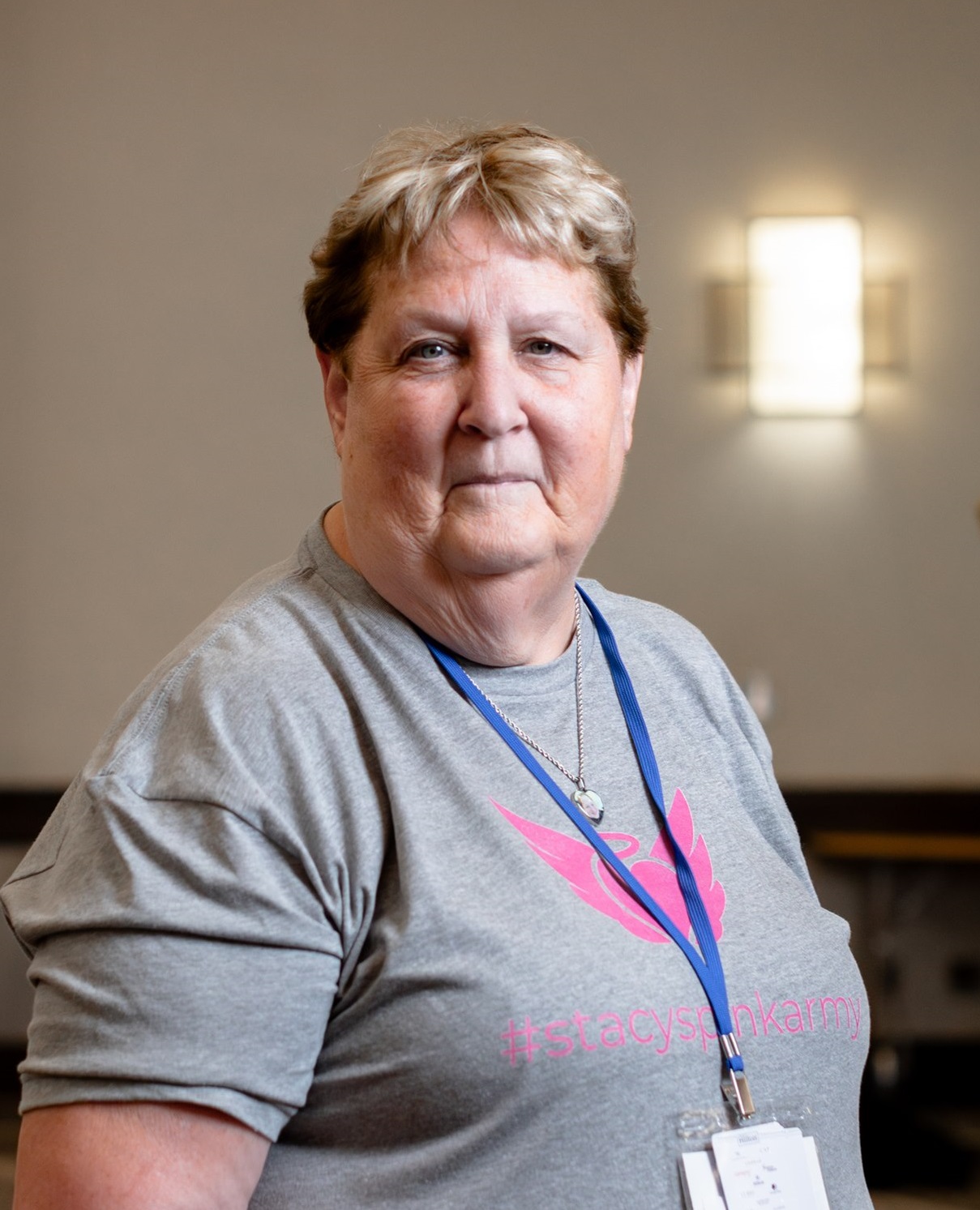
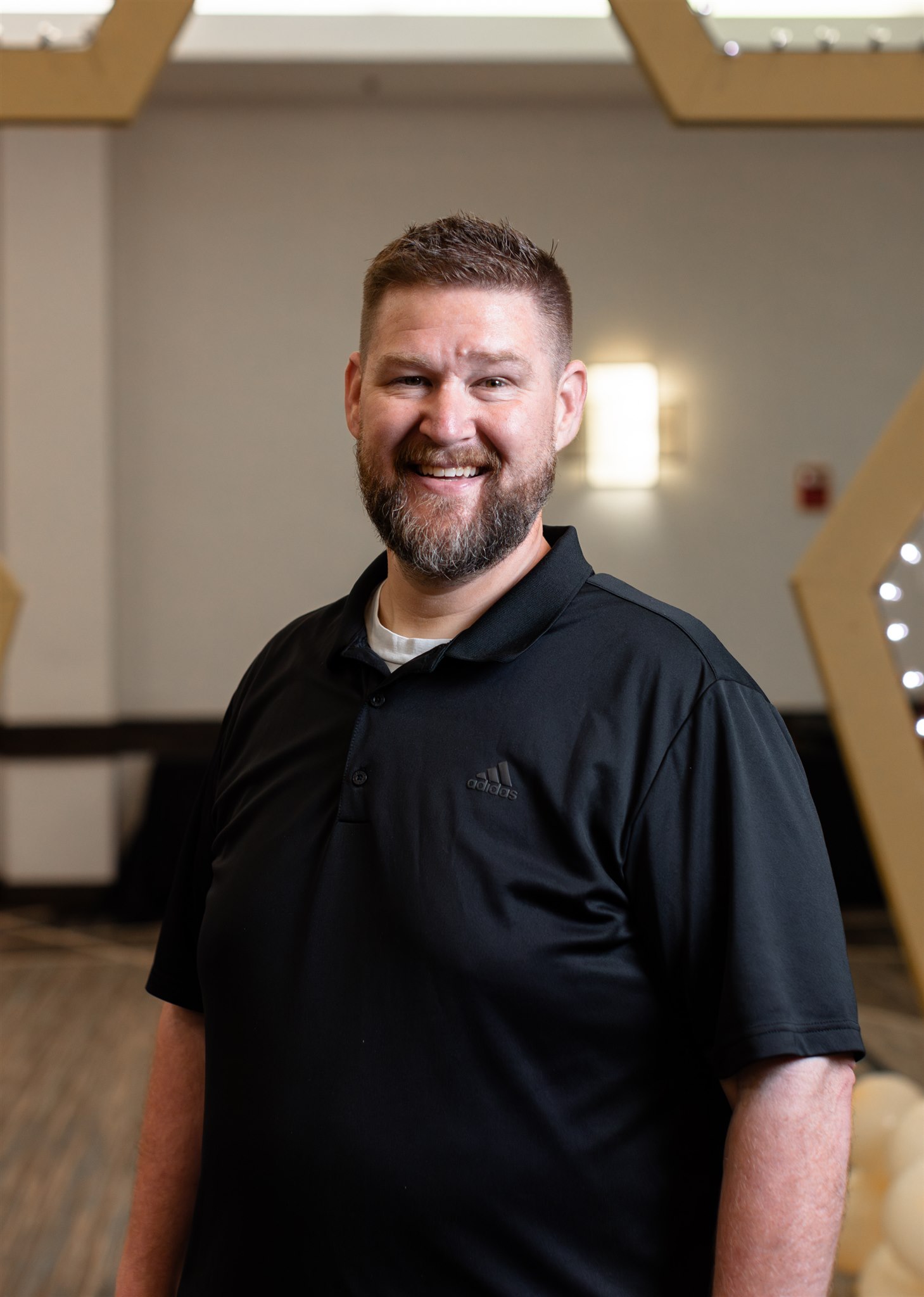
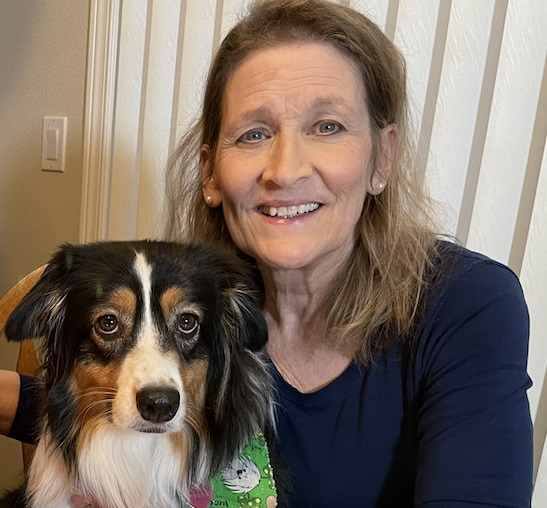
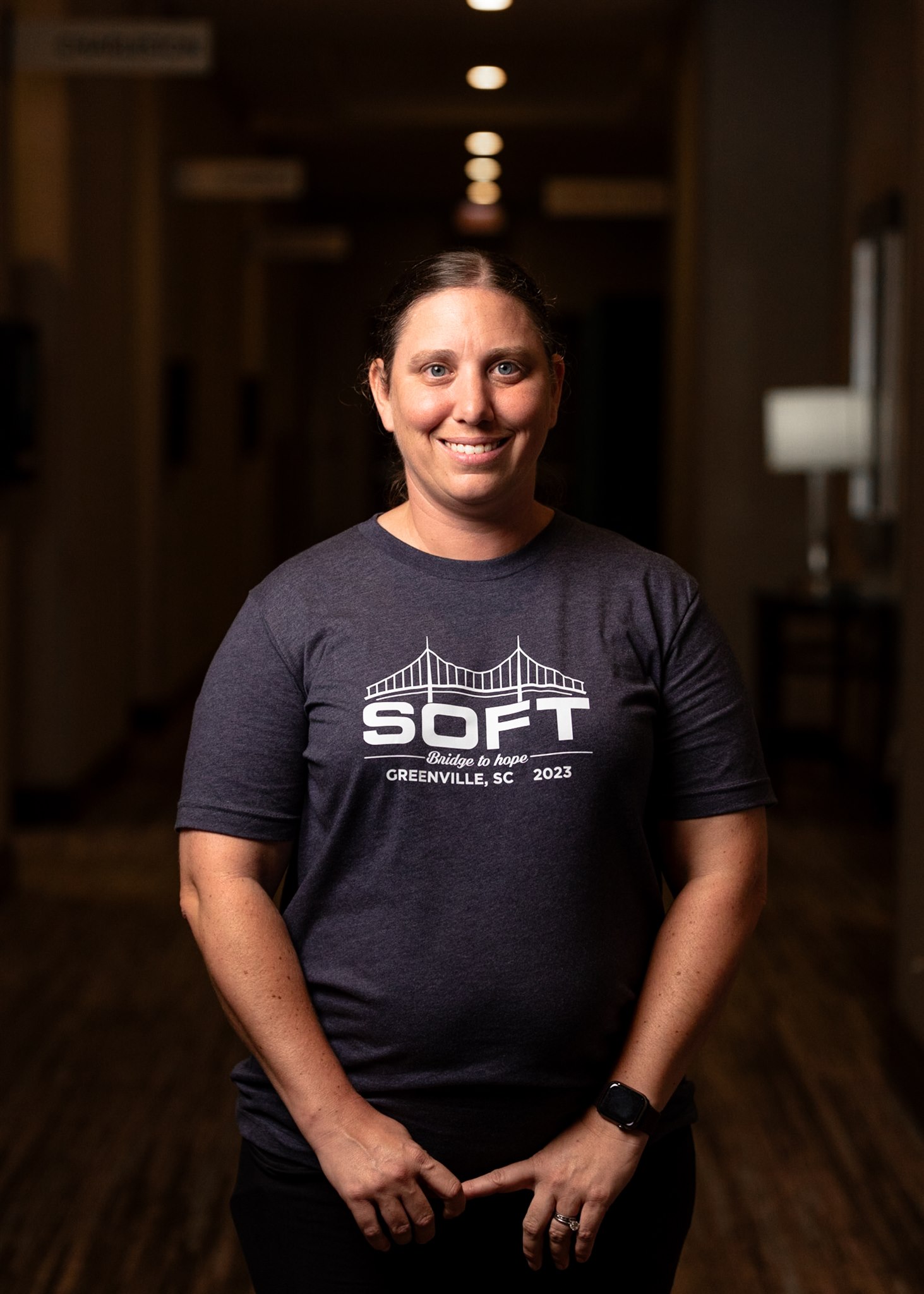
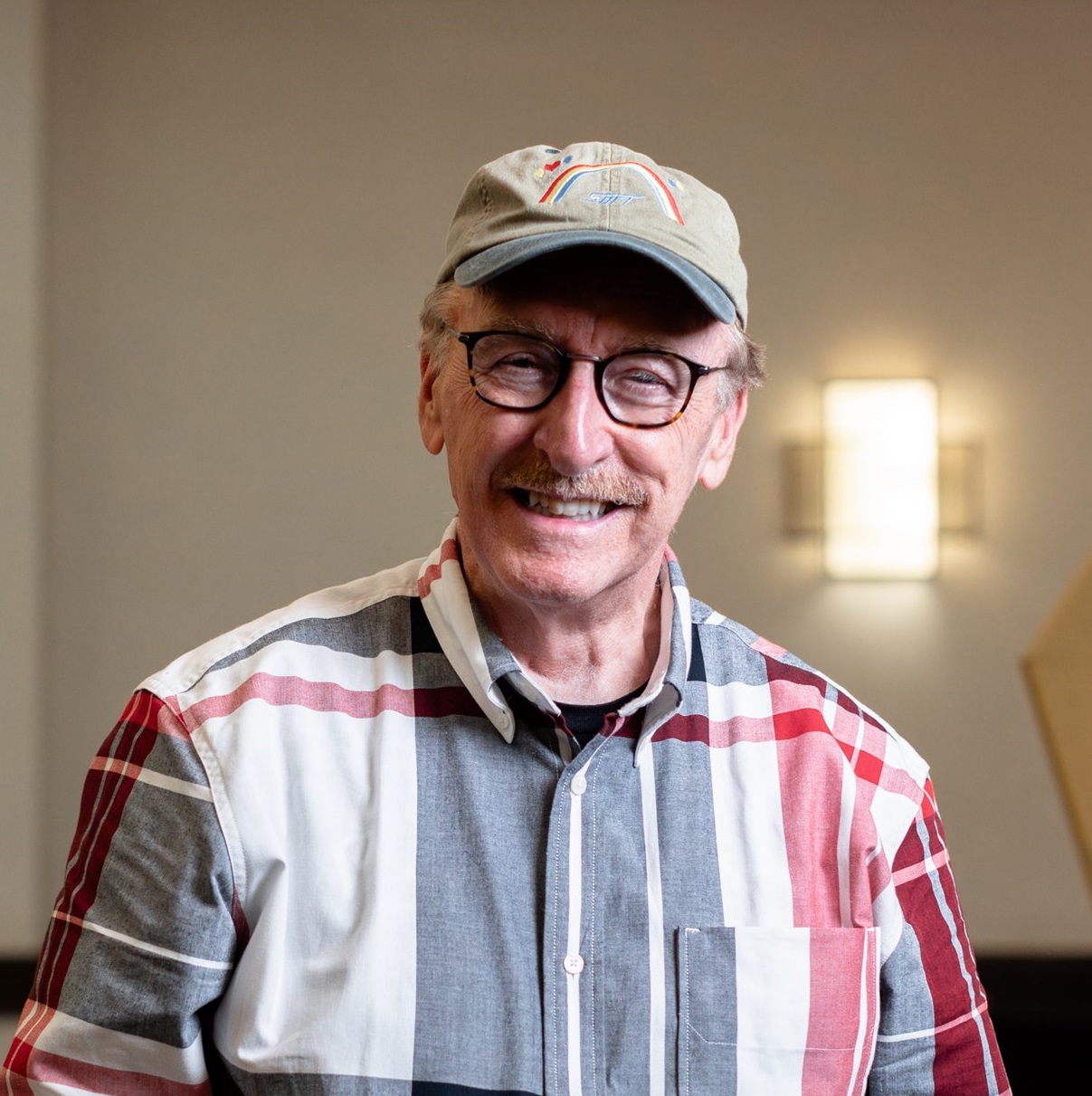
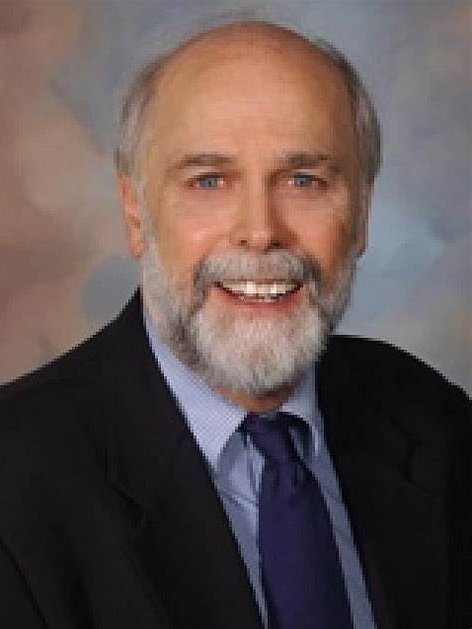
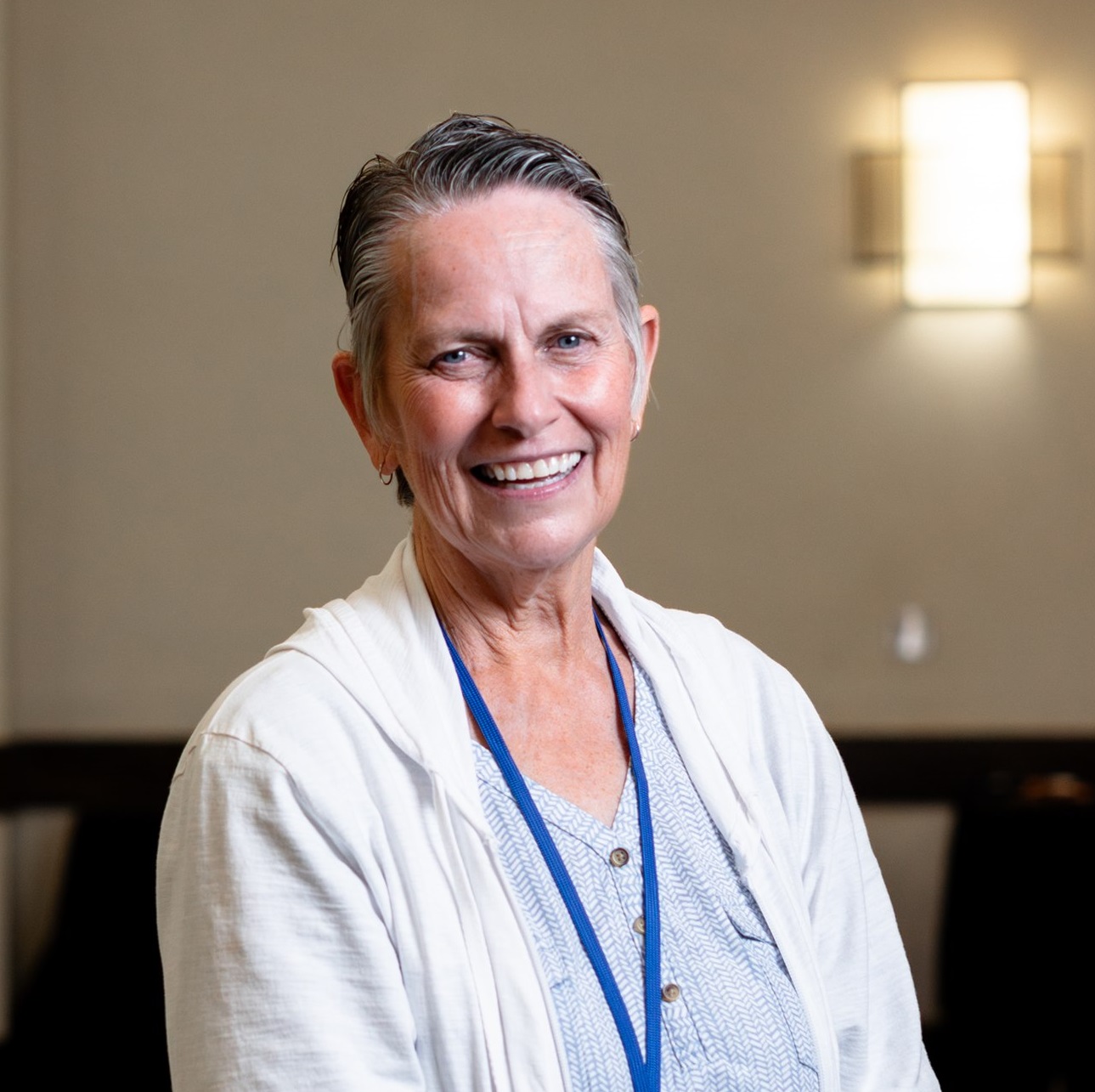

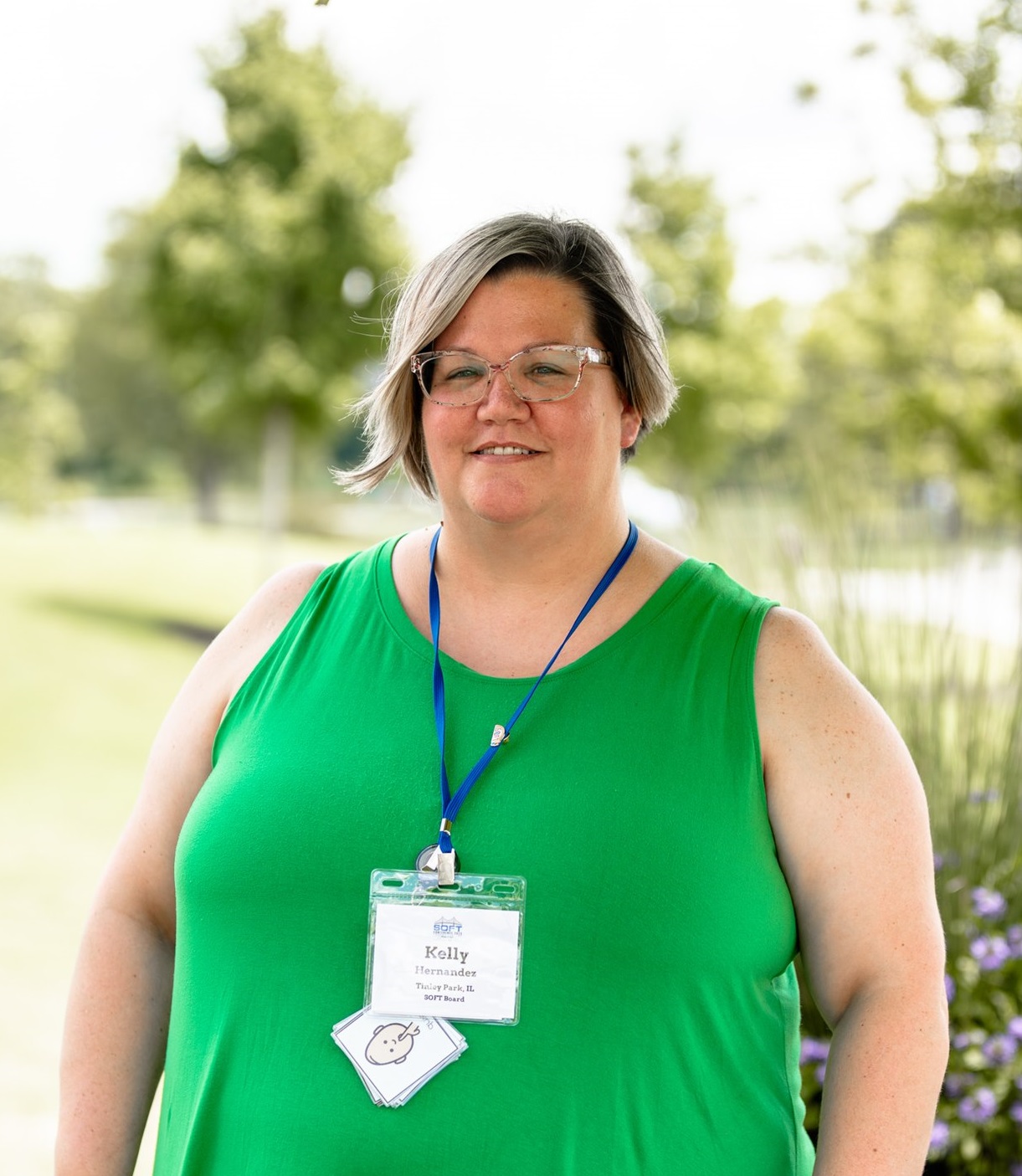
Recent Comments